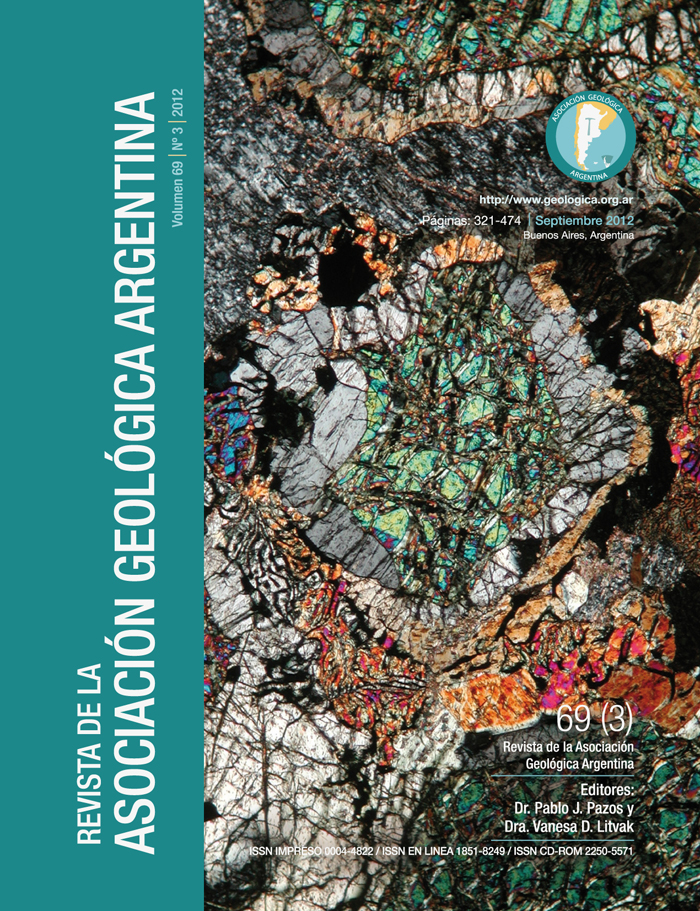Large gravitational rock slope deformation in Romsdalen valley (Western Norway)
Contenido principal del artículo
Resumen
Large gravitational rock slope deformation affects Precambrian gneisses at four localities of the Romsdalen valley of Western Norway. At each locality, detailed studies have allowed to determine the mechanism of deformation and to assess the degree of susceptibility for failure. 1) Svarttinden is a 4.3 Mm3 translational rockslide. Its single basal detachment developed along a foliation-parallel cataclastic fault. Although a rockslide occurred along the same detachment and the deposits reached the edge of the plateau, no displacement of the current instability is detected. 2) At Flatmark distinct 2‑25 Mm3 blocks detached from the edge of the plateau by an opening along the steep foliation. The collapse of the blocks is explained by a complex mechanism of sliding and toppling. No displacement is actually detected on the instabilities. 3) At Børa blocks located at the edge of the plateau deformed by the same mechanism as at Flatmark. They have a maximum volume of 0.5 Mm3 and displacement rates of 0.2‑2 cm/year. The deformation at Børa has affected a large part of the plateau and the entire deformed volume would be of 50‑200 Mm3 but it is currently inactive. 4) A wedge failure at the edge of Mannen plateau is inferred to allow the 4-5 cm/year downward displacement of a 2‑3.5 Mm3 instability. The high susceptibility of failure led to a permanent monitoring of the site since 2009.
Detalles del artículo

Esta obra está bajo una licencia internacional Creative Commons Atribución-NoComercial 4.0.
Nota de copyright
Los autores conservan los derechos de autor y garantizan a la revista el derecho de ser la primera publicación del trabajo licenciado según una licencia de atribución Creative Commons que permite a otros compartir el trabajo con el reconocimiento de la autoría y de la publicación en la que se publicó por primera vez.
Declaración de privacidad
Los nombres y direcciones de correo electrónico introducidos en esta revista se usarán exclusivamente para los fines declarados por esta revista y no estarán disponibles para ningún otro propósito u otra persona.

